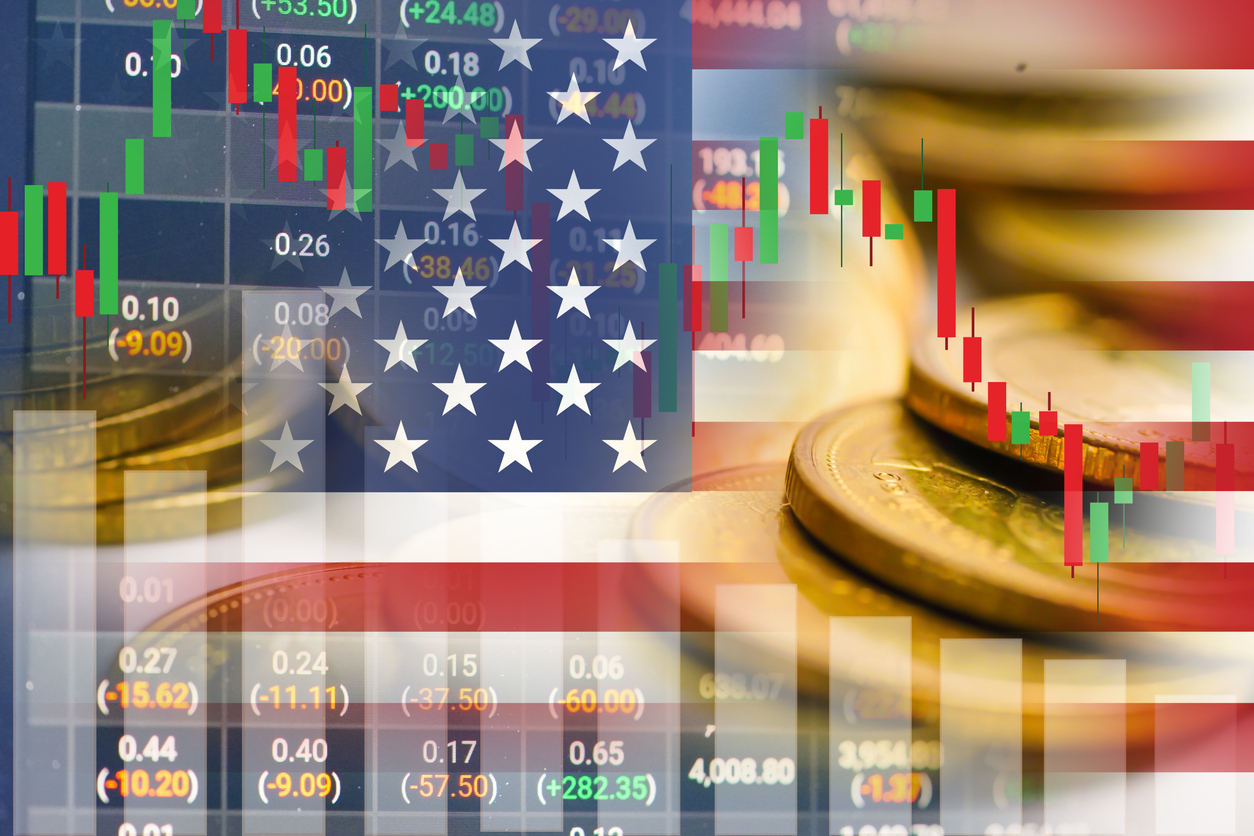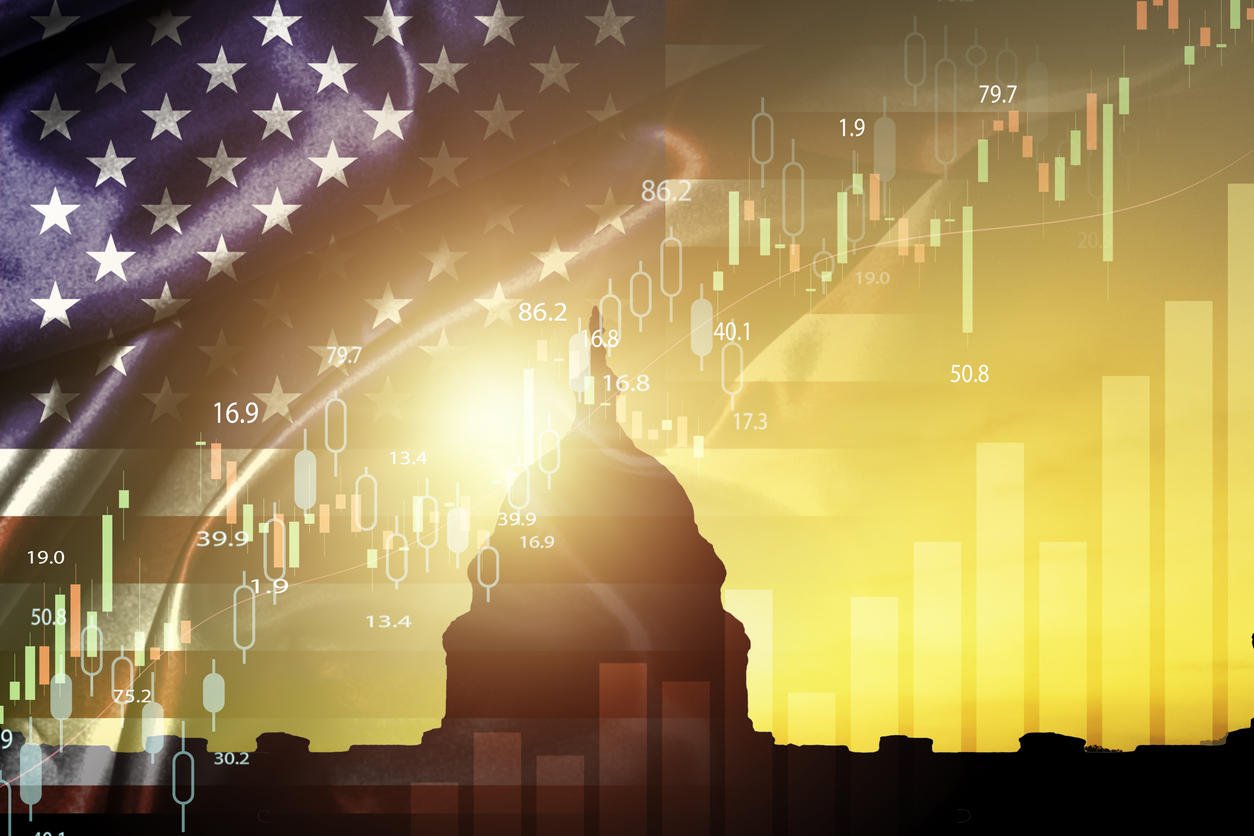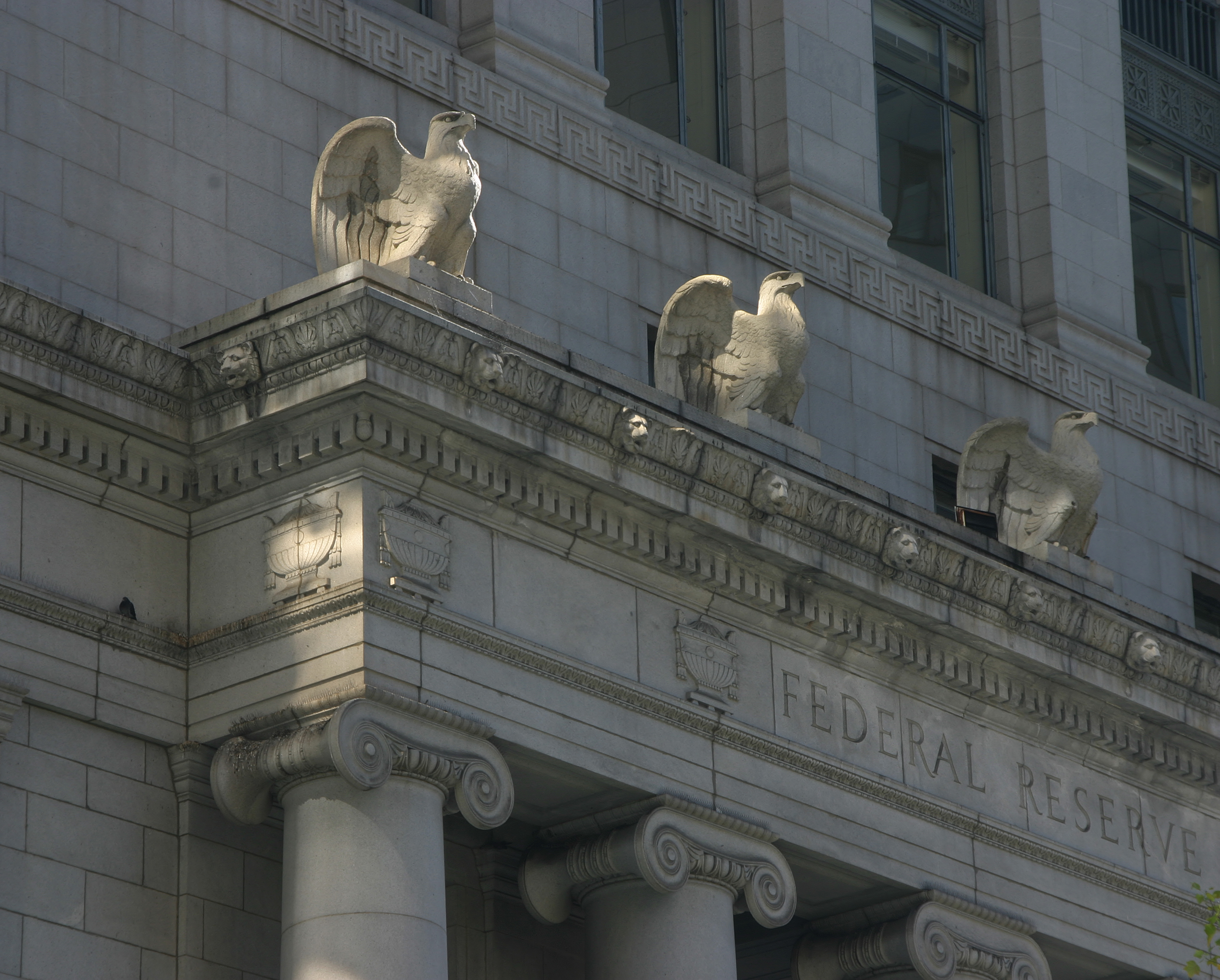Tensions between the U.S. and China have reignited, reversing the optimism that emerged only weeks earlier. What was once described as a “complete reset” in trade relations has quickly unraveled, giving way to renewed friction. Tariffs are making a comeback, tech restrictions are tightening, and diplomatic gestures are falling flat. In this shifting landscape, investors are being forced to adjust their expectations amid rising policy uncertainty. This article examines the latest turns in the U.S.-China trade conflict and assesses their impact on equity markets.
The Breakdown of Optimism
Following a temporary détente in May, the Trump administration has reasserted a hardline stance toward China. Treasury Secretary Scott Bessent recently confirmed that trade talks are "a bit stalled," with no confirmed call between Trump and Xi Jinping—a prerequisite for any meaningful progress.
In parallel, Washington has tightened curbs on chip design software and revoked Chinese student visas, while also advancing weapons sales to Taiwan. These actions are matched by China's countermeasures: a sweeping anti-espionage campaign targeting foreigners, export controls on rare earth elements, and ongoing diplomatic pressure. The bilateral climate is growing more strained.
Economic Repercussions Mount
Despite these tensions, U.S. equity markets closed May on a strong note. The Nasdaq rose nearly 10%, the S&P 500 over 6%, and the Dow around 4%, buoyed by easing inflation and tech sector momentum. However, history has shown that geopolitical risks can eventually bleed into fundamentals.
In the previous trade war, tariffs disrupted global supply chains, drove up costs, and squeezed corporate profits. China's manufacturing PMI dropped sharply, while inflation in the U.S. surged. Now, similar pressures are reemerging: Trump has accused China of breaching the Geneva agreement, and American companies once again face heightened uncertainty around compliance, taxation, and the input costs.
Capital Market Weaponization
Adding another layer of risk, the U.S. has proposed a tax measure targeting entities from countries with "discriminatory" tax policies. Analysts warn this may deter foreign investment, weaken the dollar, and reduce appetite for U.S. assets. Deutsche Bank labeled the proposal a "weaponization of capital markets," signaling a broader shift from open markets to strategic leverage.
Meanwhile, legal uncertainty continues to surround the implementation of tariffs. A federal appeals court recently reinstated Trump-era tariffs after a lower court had temporarily blocked them, pending further review. The administration is also exploring alternative legal pathways, fueling continued volatility in investor sentiment. This policy volatility is directly influencing market sentiment and affecting discount rates—particularly in globally exposed industries such as semiconductors, luxury goods, and automotive manufacturing.
Equity Market Scenarios
Given the fragile détente, we see three plausible scenarios ahead:
Escalation: Broader sanctions and additional tariffs could lead to sharp pullbacks in the technology and industrial sectors, particularly among companies with significant exposure to China. Earnings forecasts may face downward revisions extending into 2025.
Stalemate: Talks remain frozen, creating a choppy, range-bound market. Defensive sectors like healthcare and consumer staples would outperform amid persistent uncertainty.
Re-engagement: A breakthrough via Trump-Xi dialogue could reignite risk appetite and lift cyclicals and small-cap stocks. However, this scenario remains unlikely in the near future.
Amid these uncertainties, we recommend a Barbell Strategy: Maintain an overweight position in U.S.- focused growth sectors such as AI, Fintech, and Cloud Computing, while balancing exposure with defensive assets like REITs and dividend aristocrats. The recent surge in Bitcoin—alongside record inflows into BlackRock’s iShares Bitcoin Trust—signals a growing investor shift toward alternative stores of value, underscoring broader market unease.
Conclusion: Position for Volatility
The renewed trade tensions go beyond economic issues; they signify a fundamental decoupling between the world’s two largest economies. Although U.S. equity markets may keep climbing in the short term, underlying risks are steadily increasing. Ongoing tariff disputes, political brinkmanship, and disruptions to capital flows all contribute to latent market volatility.
A global diversification strategy, reduced exposure to policy-sensitive sectors, and maintaining flexibility are essential for long-term investors. In today’s environment, geopolitics is not just background noise—it is the defining signal shaping market trends and revealing underlying risk.
EXPLORE MORE POSTS
Jurisdictional Complexity: Managing Multi-Country Income and Tax Exposure.
by Irman Singh
Why Oracle’s Pullback Doesn’t Signal the End of the AI Trade
Oracle’s sharp post-earnings selloff triggered a broad AI market pullback, but...
Read Moreby Jerry Yuan
Investment Risk Profile: Factors Affecting It and Tax Strategy
Every investor has a unique investment risk profile, which determines how much...
Read Moreby Irman Singh
BOJ Tightening: How Japan’s Rate Hike Could Impact U.S. Equities
Japan’s shift toward tightening has added volatility to global markets, but...
Read Moreby Jerry Yuan
Stop Overpaying: What Every Entrepreneur Should Know About Tax Strategy
High-Net-Worth entrepreneurs manage complex financial lives—multiple ventures,...
Read Moreby Irman Singh
Top 5 Tax-Efficient Strategies for Corporate Leaders in the U.S.
Corporate leaders in today’s environment face increasingly complex tax...
Read Moreby Irman Singh
Markets Under Pressure: Valuation Strains, Credit Stress, and Mixed Macro Signals Drive Volatility
Markets are showing strain across AI stocks, private credit, crypto, and global...
Read Moreby Yuanhao Feng
Top 5 Overlooked Tax Strategies Every U.S. Lawyer Should Use in 2025
For many lawyers in the U.S., taxes quietly erode more wealth than any market...
Read Moreby Irman Singh
Markets Reprice: Fed Confusion Meets Overheated Tech
U.S. equities saw a sharp reset on Thursday, with the S&P 500 dropping 1.7%,...
Read Moreby Jerry Yuan
Navigating the New Macro Regime: Quantel’s October 2025 Results
Quantel's Premium Portfolios delivered another strong month in October 2025,...
Read Moreby Shyam Sreenivasan
Top 10 Tax Planning Strategies for Hni Commercial Brokers
High-net-worth commercial brokers stand at the intersection of deal-making and...
Read Moreby Irman Singh
Triple Shock Hits Wall Street: Liquidity, Shutdown, Sentiment
U.S. markets are falling due to liquidity stress, government shutdown...
Read Moreby Jerry Yuan
Keep More of What You Earn : Tax Strategies for Physicians
Physicians often find themselves in some of the highest effective tax brackets...
Read Moreby Irman Singh
Trump-Xi Truce in South Korea - A Fragile Pause for Markets
The U.S.–China truce cools trade tensions and supports risk appetite, but it’s...
Read Moreby Jerry Yuan
Intelligent Tax Planning for America’s Wealth Builders
by Irman Singh
Cooling Inflation Paves Way for Fed Cuts, Lifts Equity Sentiment
Cooling inflation data reinforced confidence in a soft-landing scenario,...
Read More




















